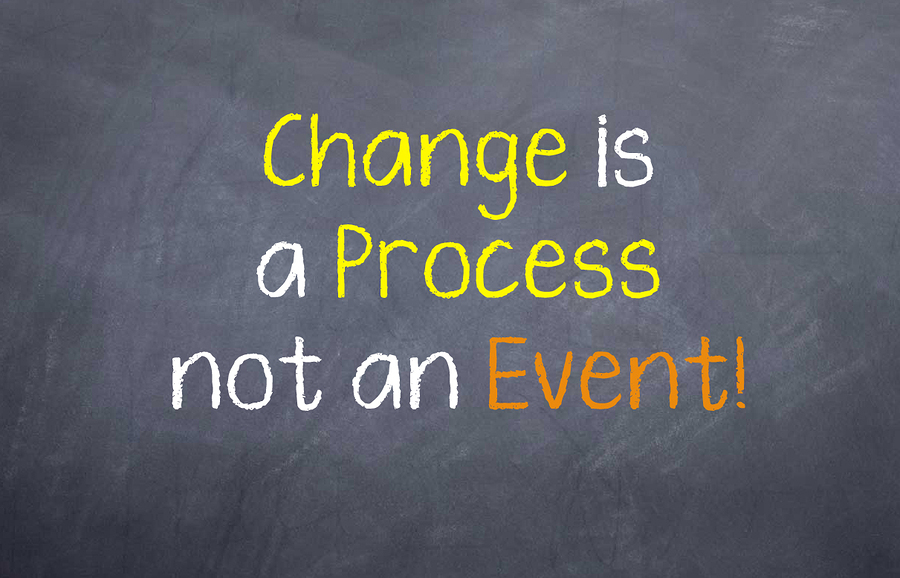At its core wellbeing is life: it is live giving and life sustaining.
What is wellbeing in a school system that is systemically oppressive?
White supremacy suppresses life.
And in the cases of police brutality, it eliminates life.
When protesters hit the streets to voice both their pain and demand change schools should take notice. We like to think that schools are safe places. And they are largely filled with good hearted teachers and the energy of youth and optimism. We don’t think that schools harm – but the structure they are embedded in can harm deeply.
The school to prison pipeline is no secret. That that structure even exists means that it has systemic supports that uphold it – some overt, most not. What kind of learning space does that create for BIPOC students?
No one can or should be expected to learn (or teach in the case of BIPOC teachers) in a system designed to harm people’s spiritual, emotional, mental and physical wellbeing.
Wellbeing and self-care are often thought to be personal acts of self-preservation and self-love. And they are. But that’s not all they are. There is also such a thing as organizational care – where wellbeing is central in all the facets of the functioning of the organization.
In a school system founded in (and largely still sustained by) systemic white supremacy – what does wellbeing look like?
It doesn’t look like bubble baths.
It looks like dismantling white-supremacy.
That is an act of profound organizational care & healing.
In schools that looks like interrogating the hidden curriculum, the disciplinary procedures and practices, the streaming of students, the quality of materials we teach with – just to start.
And speaking as a white female teacher there’s no room here for white guilt. Guilt is a tool of the dominant system to keep you stuck in your emotions so you don’t have the energy to effect change. Guilt prevents healing. The work of dismantling white supremacy within the self and within the school system is an act of love. It’s an act of love for the whole school community. The transformative power of love has to be given a channel to flow through that is wide enough. When white teachers decentralize their experience to more clearly be able to see the realities of other people’s lived experiences, we widen our own channel for love. We can’t be part of the solution if we don’t see the problem clearly. If we don’t see the problem clearly when we are trying to be part of a solution, we add to the burden of our BIPOC colleagues’ mental and emotional strain. It is not their job to educate us, nor to be alone in the front line of anti-racist work in schools.
I know lots of teachers are already and have been for a long time committed to this work. Events like the protests we’re seeing in the spring of 2020 is a reminder of how schools fit into the overall picture of what work needs to be done for justice.
We all have the responsibility to do this work. Literally – we all have the response-ability. We are able, with our skills and hearts as teachers, to respond to the systemic problems in schools that disproportionately harm BIPOC students. Taking that kind of responsibility is the face of love that is good for teaching, for teachers and for students. That is a love that is life-sustaining and life giving. Love is the foundation of wellbeing.
